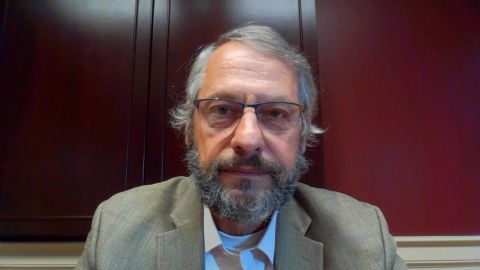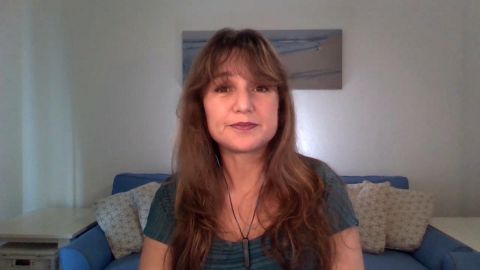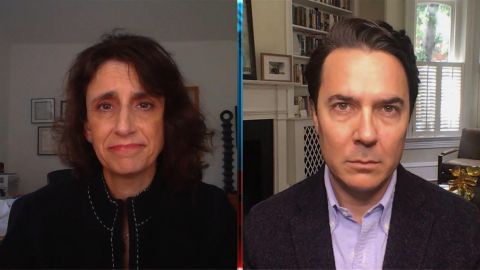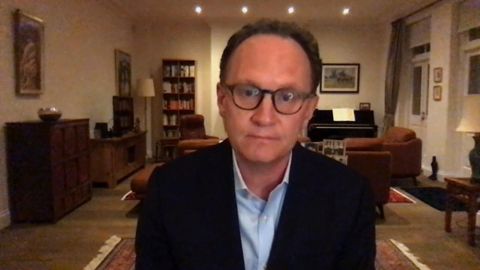Read Transcript EXPAND
CHRISTIANE AMANPOUR: Can I ask you about this idea of R vs. K? And I guess the bigger picture is, look, what are nations meant to do? And you can see all these surges that we’re talking about, beyond the disease that the president has contracted. There — it’s surging all over the place, second waves all over the place, after major lockdowns. And if — you get the sense that governments just don’t know what to do, absent a vaccine or any treatment.
ZEYNEP TUFEKCI, UNIVERSITY OF NORTH CAROLINA: Yes. So, the important thing to realize here is that I think a lot of us have the wrong mental model of this pathogen, in that we think, like, every interaction is equally likely. But, when we look at the epidemiological data coming in from now almost nine months, what we see is that, most of the time, it’s surprisingly non-infectious, especially if people are outdoors and ventilation is good. But, occasionally, if people are indoors, in a poorly ventilated environment, and if they’re not wearing masks, and especially if they are talking or speaking loudly or singing, we have these clusters, super- spreading events, where the virus infects many people at once. That’s what seems to be going on at the White House, right? There’s not just one person, but lots of people, we’re being told, are positive. And when we look at what a lot of research has shown us, it happens in, for example, things like nightclubs, bars, restaurants, weddings, funerals, where people are close to each other, and especially, and almost always, in fact, indoors. Or if they’re, like, speaking at close range outdoors, that’s a risk factor too. And I think it hasn’t been communicated this is airborne transmission. It doesn’t mean that you’re at risk if you’re, like, on the other side of the building. It’s not like that. But, if you’re in an enclosed space, a crowded space, if people are not wearing masks, if the speaker is not wearing masks, as we saw on the debate stage, that both of them were speaking, and they were unmasked, in such a scenario, that distance is not as protective as one would hope, because, again, airborne transmission means that we have these short-range aerosols, which can travel beyond that six-feet or two-meter length we have heard. It is not a magic number. Indoors, that distance is not protective, especially if the ventilation is not good. And that’s what — earlier on, the R0 is an average. It’s misleading. We see big spread, and we see a lot of little to no spread. It’s not like always the same. So, we have to really pay attention to the setting.
About This Episode EXPAND
Journalists and health experts weigh in on President Trump’s positive COVID-19 diagnosis.
LEARN MORE




